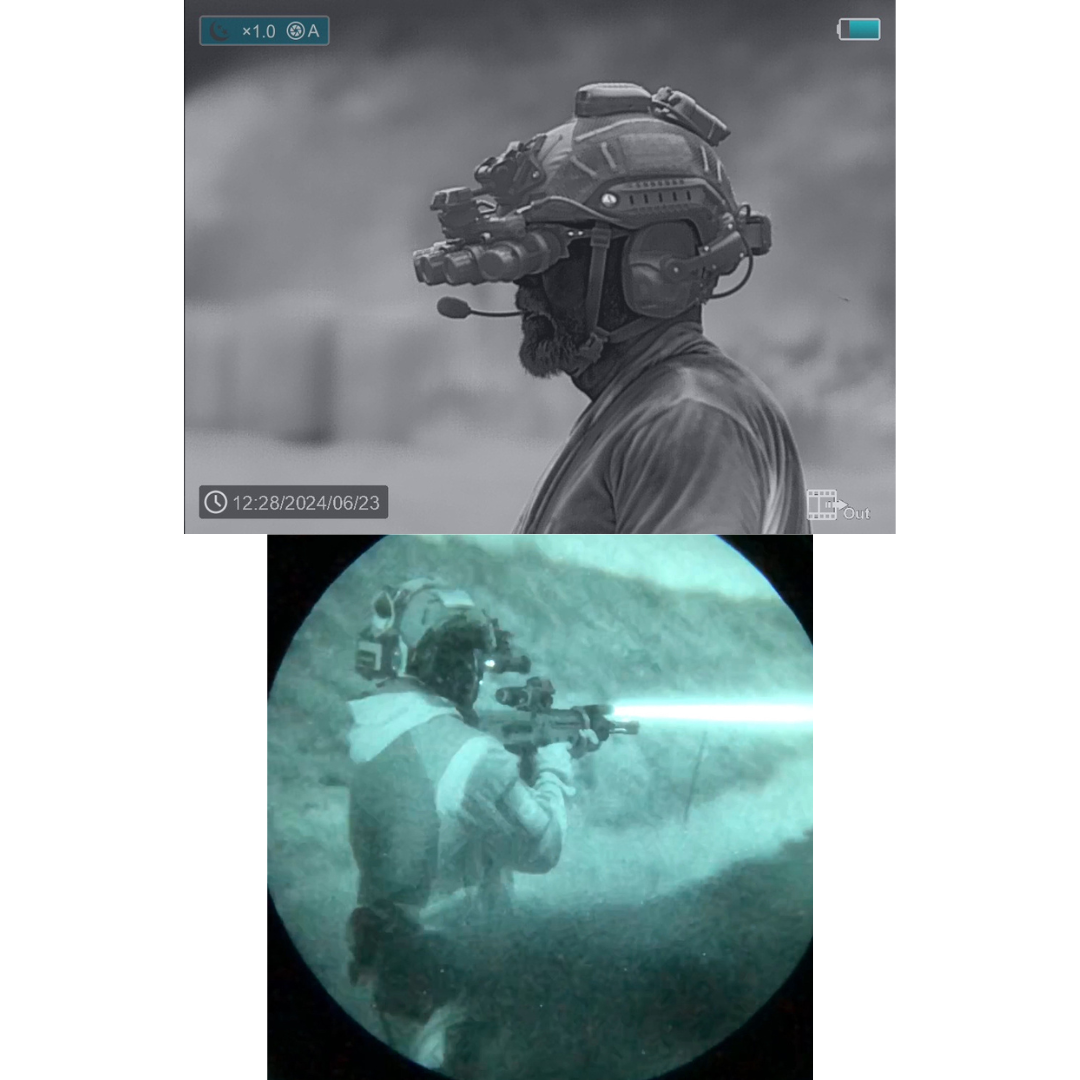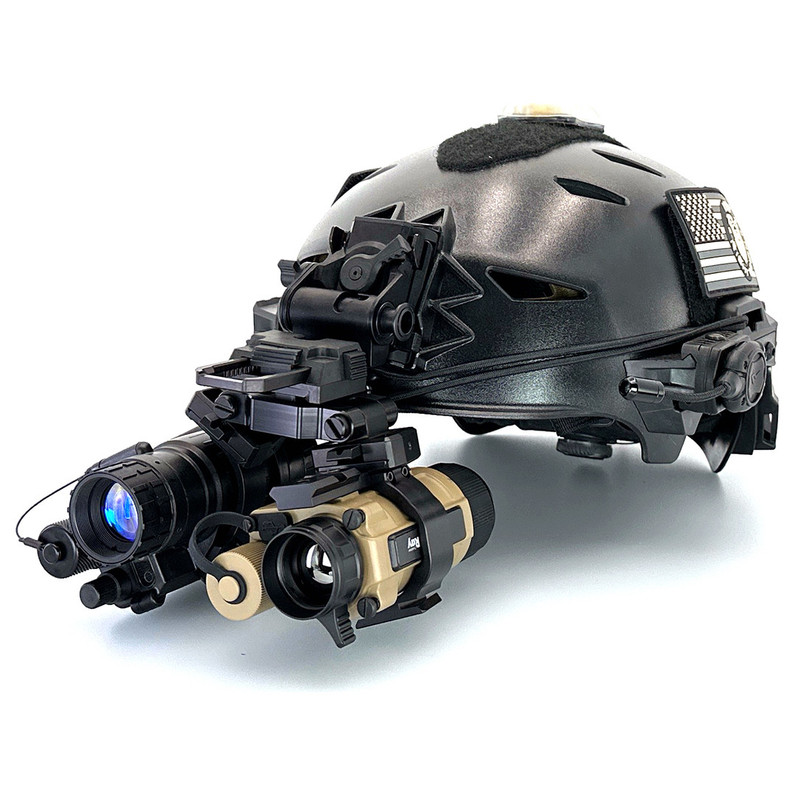Night Vision vs. Thermal Imaging: Which Wins for Tactical Training?
Choosing between night vision and thermal imaging for tactical training? With 1.5M searches for this comparison, we break down the pros, cons, and best use cases, featuring US Night Vision’s top gear.
Night Vision vs. Thermal: The Breakdown
|
Feature |
Night Vision |
Thermal Imaging |
|
Tech |
Amplifies light (Gen 1-3) |
Detects heat signatures |
|
Best For |
Low-light, clear conditions |
Fog, smoke, total darkness |
|
Range |
100-300 yds |
500-1,000 yds |
|
Price |
$500-$15,000 |
$1,500-$10,000 |
|
Training Use |
Close-quarters drills |
Long-range detection |
Source: Tactical Optics Journal 2025
When to Choose Night Vision
- Pros: Affordable, detailed visuals, lightweight (0.5-1.5 lbs).
- Cons: Struggles in zero-light or heavy fog.
- Best Models: USNV PVS-14 ($3,499, Gen 3) for CQB drills. Shop Now.
When to Choose Thermal
- Pros: Sees through weather, detects living targets.
- Cons: Higher cost, bulkier (1-2 lbs).
- Best Models: RH25V2 ($5,999) for long-range scenarios. Shop Now.
Tactical Training Applications
- Night Vision: Ideal for urban CQB, indoor ranges, or low-light navigation.
- Thermal: Best for open-field exercises, tracking, or adverse weather drills.
- Hybrid: Pair both for versatile training (Shop Combos).

Key Takeaways
- Night vision suits close-quarters, budget-conscious training.
- Thermal excels in long-range, all-weather scenarios.
- USNV offers top models for both—mix and match for versatility.
FAQ
- Which is better for CQB? Night vision (e.g., USNV PVS-14) for clarity and cost.
- Can thermal work in rain? Yes, it detects heat through weather.
- Where to buy? Explore our range at US Night Vision.
Gear up for training: Shop Now.
Meta Description: Night vision vs. thermal imaging for tactical training? Compare pros, cons & shop USNV PVS-14, RH25V2 for top performance.
Recent Posts
-
Beginner's Guide to Understanding Night Vision Generations in 2025
New to night vision? With 800 monthly searches for "night vision generations explained" and a growin …24th Oct 2025 -
Night Vision vs. Thermal Imaging: Which Wins for Hunting in 2025?
Choosing between night vision and thermal imaging for hunting? With 1,500 monthly searches for "nigh …23rd Oct 2025 -
Affordable Digital Night Vision: Exploring DNT Optics' NVMD-C200 Multi-Purpose Device
Digital night vision is democratizing low-light performance, with 1,500+ monthly searches for "affor …22nd Oct 2025




